ACSIS – ICS PhD Exchange and Conference
HDR candidate Cecilia Hilder blogs about her recent trip to Sweden as part of the ACSIS exchange and conference.
By Cecilia Hilder
8 July 2015
With a research topic focused on the digital practices of young people engaged with Australian youth-led activist groups, it never occurred to me that I might travel to Sweden during the course of my PhD candidature. But the biennial exchange which commenced in 2004 between ICS and the Advanced Cultural Studies Institute of Sweden (ACSIS) provided the perfect opportunity to meet new people, discover and explore new concepts and participate in the conference, In the Flow: People, Media, Materialities.
This year's conference focused on the interacting flows of people, materialities, ideas and media technologies. Maria Bakardjieva from the University of Calgary (opens in a new window), a key theorist in my work, was a plenary speaker, offering me the opportunity to meet her and talk about how my research intersected with her work.
On 6 June I left Sydney for a two-week exchange to the Norrköping (opens in a new window)campus of Linköping University (opens in a new window). The Motala River (opens in a new window)runs through the city providing stunning views. The noise of its magnificent and powerful falls is conversation stopping.
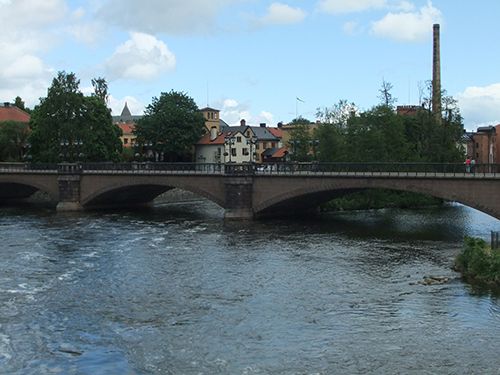
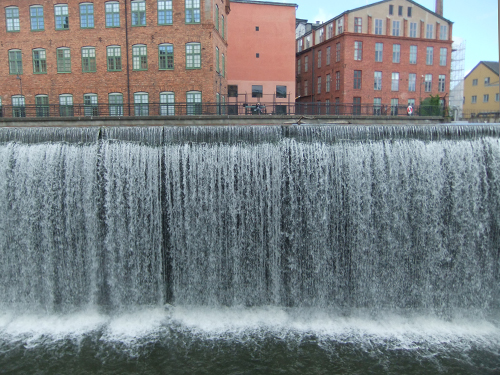
The city (opens in a new window)has embraced its former industrial heritage giving it a charming rawness and stark beauty. It reminded me of some of the renovated buildings at the University of Western Sydney's Parramatta Campus near the ICS, making one feel quite at home.
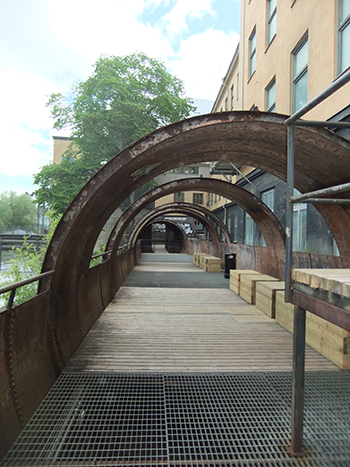
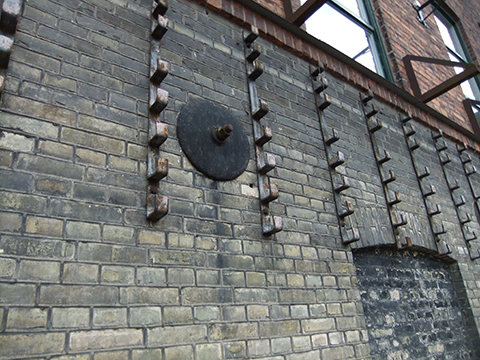
Each summer in the Karl Johans Park (opens in a new window)the city plants a cactus garden – given Norrköping's location and cool climate one can only admire this act of defiance and determination. Its symmetry and precision are lessons in the importance of detail and the need to take time to get things right.
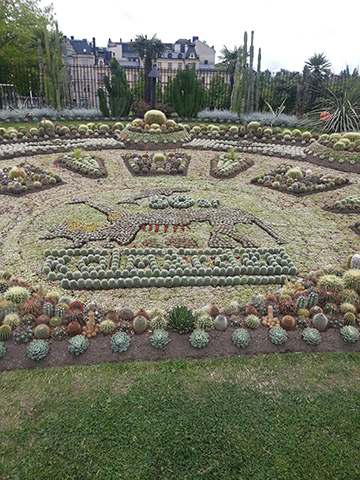
The first week provided the opportunity to work at ACSIS and I will admit to office/facility envy – one's own PhD office with adjustable desk, armchair and footrest makes for greater productivity! In the common area, the theses of past students are printed as individual books and then hung on nails and displayed – a link to Luther and his 95 theses (opens in a new window).
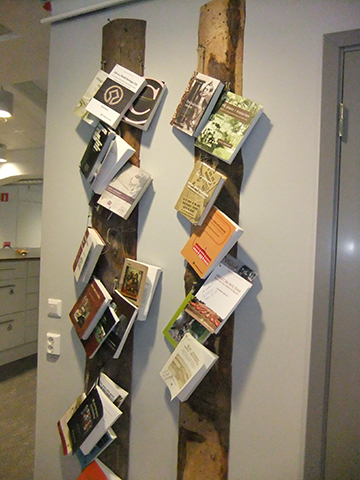
During this time I worked on my thesis and finalised my conference presentation. Along with my ICS exchange partner,Alejandro Miranda Nieto, I also presented my work, and that of ICS and the Young and Well Cooperative Research Centre, to a group of current and newly commencing PhD students and ACSIS academics. Post-presentation mingling provided insights into PhD topic diversity and future linkage opportunities. In addition, we attended a book launch hosted by Linköping University's Institute for Research on Migration, Ethnicity and Society (REMESO), again providing a good opportunity to make new connections and discuss the work of the ICS.
In the second week the opening keynote of the In the Flow conference by Anna Reading (opens in a new window)of King's College, London on the way digital cloud services affect the earth's resources was a particular treat, providing new insights and concepts while seamlessly interweaving seemingly disparate ideas. The conference program was extensive and diverse, but a few other sessions of note included: cultural digital mediated experiences and audiences; cultural heritage and new media; the intellectual property of everyday life; and on moving media – materialities and affects of mobile technologies.
My conference presentation was wellreceived and I sense I had a firmer grasp of key concepts in, and direction of, mywork. I was deeply honoured by Maria Bakardjieva's presence. Her questions, and those of other audience members, were thought provoking and encouraging.
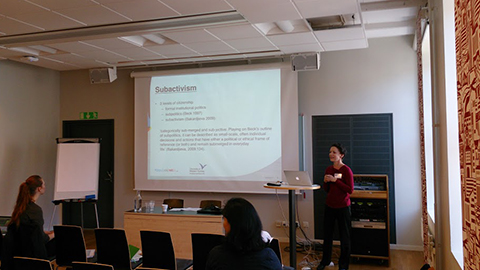
A personal highlight was the extended evening walk I took with Anna Reading (opens in a new window)and Maria Bakardjieva (opens in a new window)to Norrköping's Himmerstalund rock carvings (opens in a new window). Anna incorporated Australian Indigenous rock art into her presentation and she welcomed the opportunity to visit Norrköping's carvings which I had seen the previous week – this only added to my knowledge and enriching experience of these carvings and her presentation. I had hoped to meet Maria Bakardjieva at some point during the conference – I never imagined I would get the opportunity to show her and Anna around Norrköping. They gave me invaluable advice about presenting my work and new research ideas.
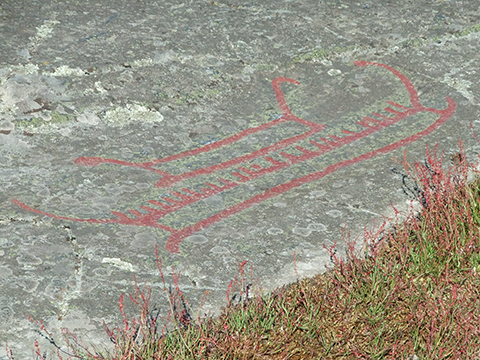
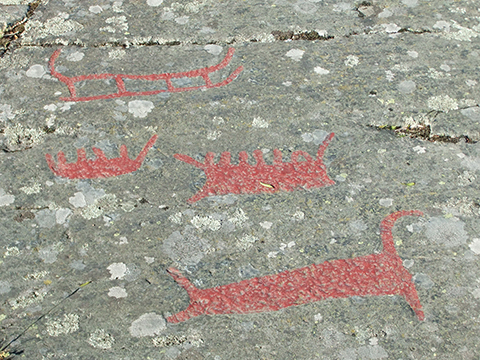
In summary, my exchange and conference experience is the highlight of my PhD to date. It has been formative,providing me the opportunity to explore new ideas and meet and mix with leading academics. It also enabled me to strengthen ties between ICS and ACSIS. Later in the year a number of ACSIS academics and PhD students will be visiting Australia and it will be a privilege to extend to them the warm welcome and hospitality extended to me. I return to UWS with renewed enthusiasm for my research project, and energised going into my final year of candidature.
A special thank you to Bodil Axelsson, Johanna Dahlin, Martin Fredriksson and Eva Hemmungs Wirtén (opens in a new window)for their warm welcome and constant assistance during our stay at ACSIS. I amdeeply grateful to the ICS for supporting my travel. Thank you to ICS Professors David Rowe and Greg Noble for organising this year's exchange and to my supervisors Dr Philippa Collin, Dr Amanda Third and Dr Zoe Sofoulis, for so enthusiastically encouraging me to take up this opportunity.